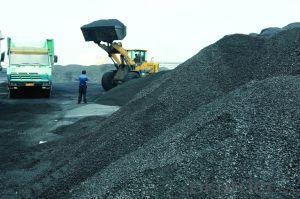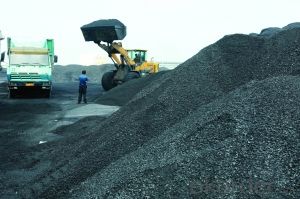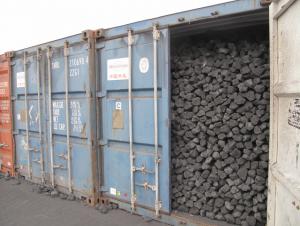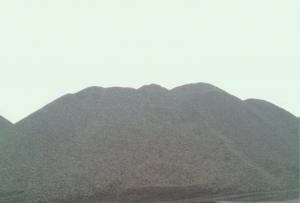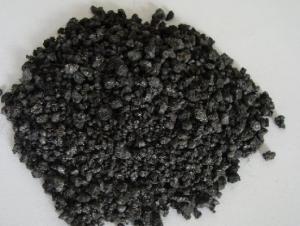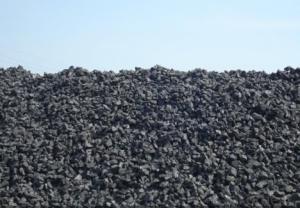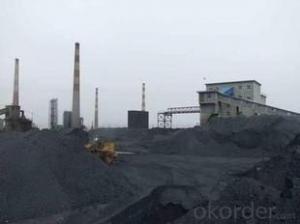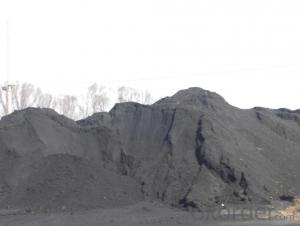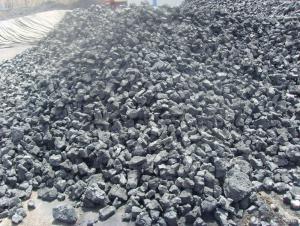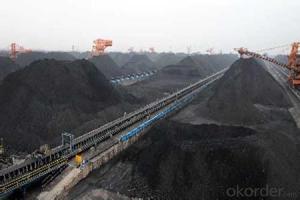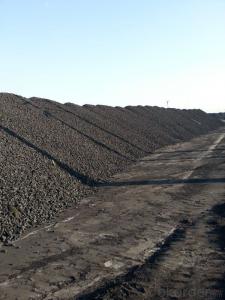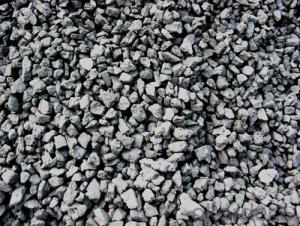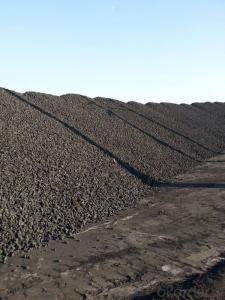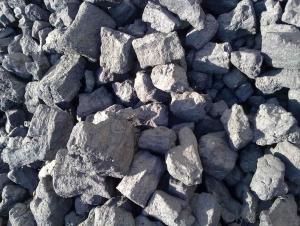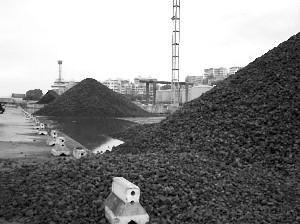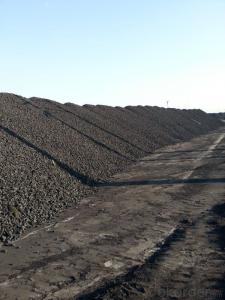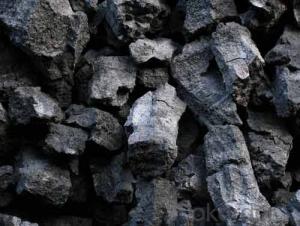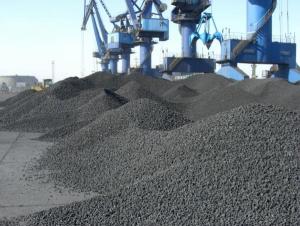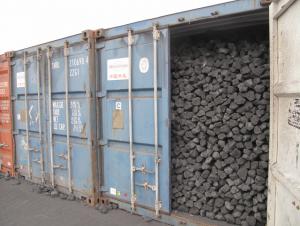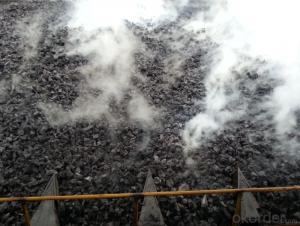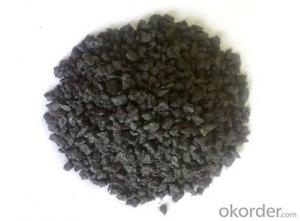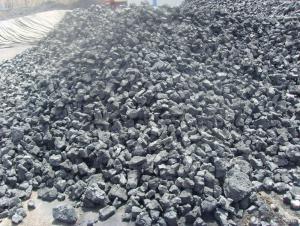Metallurgical Coke of Coke Strength after Reactivity 62
- Loading Port:
- Lianyungang
- Payment Terms:
- TT OR LC
- Min Order Qty:
- 100 m.t.
- Supply Capability:
- 3000 m.t./month
OKorder Service Pledge
OKorder Financial Service
You Might Also Like
1. Metallurgical Coke of Coke Strength after Reactivity 62Description:
Coke is made by high temperature metallurgical coke for blast furnace smelting, casting and gasification. Occurring in the process of coking after recovery and purification of coke oven gas is a high calorific value of fuel, is an important industrial raw material in organic synthesis.
Coke is mainly used for blast furnace ironmaking and used for copper, lead, zinc, titanium, antimony, mercury and other non-ferrous metal smelting of blast furnace, reducing agent, compound and the function of stock column frame.
Blast furnace with Coke instead of charcoal, which laid a foundation for the large-scale of modern blast furnace, is a major milestone in the history of metallurgy.
2. Main Features of the Metallurgical Coke of Coke Strength after Reactivity 62:
• Quality assurance
• Mutual benefit
• Preferential price
3. Metallurgical Coke of Coke Strength after Reactivity 62 Images:
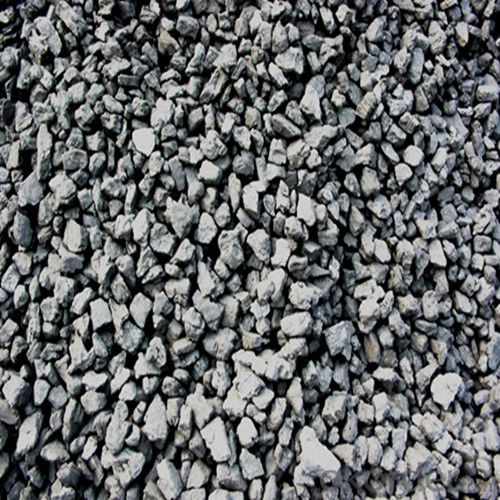
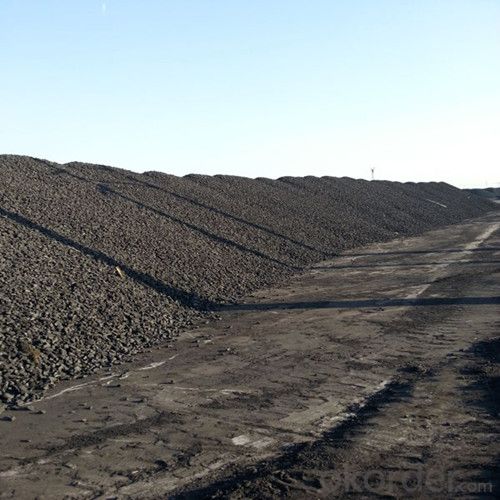
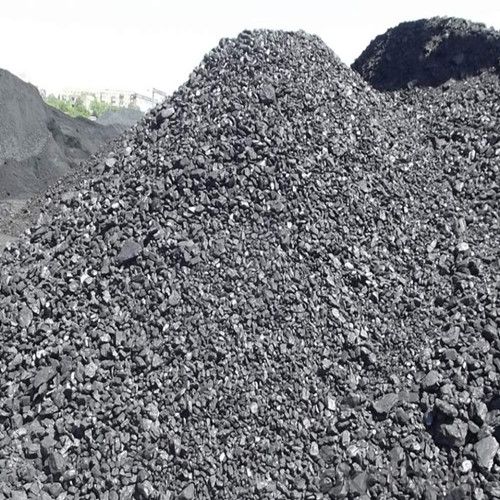
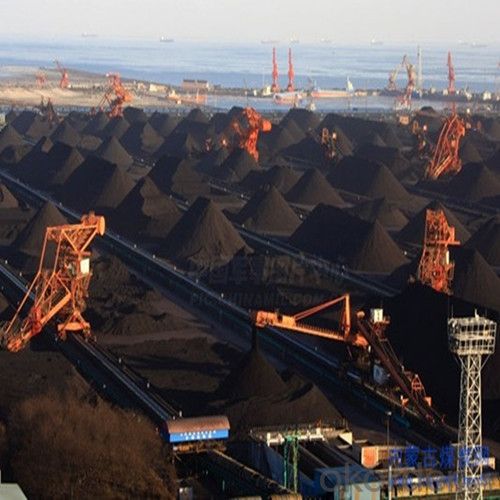
4. Metallurgical Coke of Coke Strength after Reactivity 62 Specification:
Parameters | Guarantee |
Moisture (ARB) | 5% max |
Ash (DB) | 12.50% max |
Volatile Matter (DB) | 1.4% max |
Sulphur (DB) | 0.7% max |
Phosphorus (DB) | 0.035% max |
CSR | 60% min |
CRI | 28% max |
M40 | 82% min |
M10 | 8% max |
Size 30-90 mm | 90% min |
+90 mm | 5% max |
-30mm | 5% max |
Mean Size | 52 mm |
5. FAQ
We have organized several common questions for our clients,may help you sincerely:
1) How to guarantee the quality of the products?
We have established the international advanced quality management system,every link from raw material to final product we have strict quality test;We resolutely put an end to unqualified products flowing into the market. At the same time, we will provide necessary follow-up service assurance.
2) What are coke's main physical properties?
The average heat capacity is 0.808 kj/(KGK) (100 ℃), 1.465 kj/(KGK) (1000 ℃)
Thermal conductivity is 2.64 kj/(MHK) (room temperature), 6.91 kj/(MHK) (900 ℃);
Ignition temperature (air) is 450-650 ℃.
3) How about your company?
Our company began to export coke when China cancelled 40% of coke export tariffs and quotas on January 1, 2013. We export many kinds of coke, such as CSR60 % and CSR 62% metallurgical coke (met coke), the NUT coke of 20 to 50 mm, coke breeze of 3 to 6 mm, and so on.
- Q: What is the use of petroleum coke
- Petroleum coke, petroleum coke. Solid residues produced by high temperature coking of residual oil, residual oil or bitumen from petroleum refining.
- Q: Coke is how to make it? What is the use?
- Improving the coal preparation process is the way to expand the coking coal source and improve the quality of coke. At present, most of the coking plants in China adopt the mixed grinding process. This process can not be treated according to the different hardness of coal, so it is only suitable for the coking coal with good caking property and uniform coal quality. A new coal preparation process has three kinds: single comminution process is various, coal crushing alone first, and then according to the provisions of the proportion, then mixing; the first group grinding process, hardness of similar kinds of coal, according to the proportion of each group, were sent to the respective crushing requirements the particle size, then mixing the crushing process; is crushed to a certain degree of coal sieving, the coarse grain group screened were crushed again, so that the coarse grain group cohesiveness, inert material with high content of ground fine, avoid good bonding facies excessive grinding components.
- Q: Said the details can add points ah
- Both are expressed in terms of the crushing strength of the cold mechanical strength index of coke quality.Among them, because of the specific measurement methods are not the same, so the use of different records.
- Q: What is the difference between coking plant and coke plant
- Production equipment and production processes are complex.Coke plant, generally only the coal into coke on it, so simple.
- Q: Can the sulfur content of coke affect the casting process of nodular cast iron at 0.65?
- The level of spheroidization is not enough. The final sulfur content of molten iron before the spheroidizing treatment is best at 0.03%
- Q: Braised meat burning coke, iron black layer, I do not know how to clean, please help answer
- Shanlihong to paste potIf the bottom of the pot cooking, cooking paste, can put a few shanlihong put the pot, add a little cold water boil (not dry), paste pot bottom will soon get rid of.
- Q: Purpose of using coke in iron making raw materials
- Purpose as follows:1. Provide the heat required for the reaction2, do reducing agent, generate CO, at the same time itself can also restore the iron
- Q: I work in the coking plant, so there are conditions to get coke and is burning, I would like to use coke barbecue line? Just like charcoal Mutton Cubes Roasted on a Skewer, OK? Understand the answer
- I work in the coking plant, so there are conditions to get coke and is burning, I would like to use coke barbecue line? Just like charcoal Mutton Cubes Roasted on a Skewer, OK? Understand the answer
- Q: What are the quality indicators of coke
- 2, the phosphorus in the coke: iron metallurgical coke coke content should be in the following 0.02 - 0.03%. 3, the ash content of coke: Coke Ash on the impact of the blast furnace smelting is very significant. Coke ash increased by 1%, coke consumption increased by 2 - 2.5%, therefore, the reduction of coke ash is very necessary. 4, volatile in coke: according to the volatile content of coke can determine the maturity of coke. Such as volatile content is greater than 1.5%, is said to produce coke; volatile less than 0.5 - 0.7%, it is said to be overdone, the general maturity of metallurgical coke volatile is divided into about 1%. 5, the moisture in the coke: water fluctuations will make the measurement of coke is not allowed, resulting in fluctuations in furnace conditions. In addition, the increase in the moisture content of Coke will make the M04 high, M10 is low, the drum index error. 6, the screening of coke composition: in the blast furnace coke particle size is also very important. In the past, the particle size of coke in our country is as follows: the coke size of large coke oven (1300 - 2000 square meters) is greater than 40 mm; the coke size of medium and small blast furnace is larger than 25 mm. However, some of the steel test shows that the coke particle size of 40 - 25 mm as well. Larger than 80 mm of coke to be whole, so that the particle size range. The coke block is uniform, the gap is large, the resistance is small, and the furnace condition runs well. Coke use: Shanxi sales all kinds of specifications of foundry coke, metallurgical coke, high sulfur coke trucks or wagons can transport
- Q: What is coke? What is the use?
- Lay the foundation for large-scale modern blast furnace, is an important milepost in the history of metallurgy. The blast furnace operation and achieve good technical and economic indexes, smelting with coke (coke) must have appropriate chemical and physical properties, including thermal properties in the smelting process.
Send your message to us
Metallurgical Coke of Coke Strength after Reactivity 62
- Loading Port:
- Lianyungang
- Payment Terms:
- TT OR LC
- Min Order Qty:
- 100 m.t.
- Supply Capability:
- 3000 m.t./month
OKorder Service Pledge
OKorder Financial Service
Similar products
Hot products
Hot Searches
